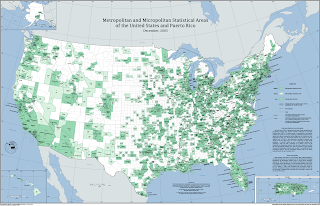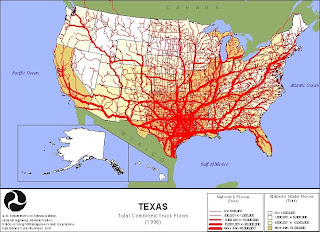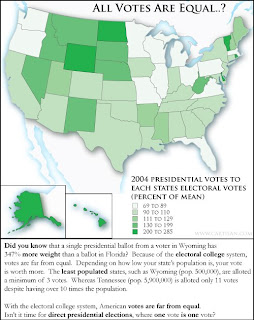
A Standardized Choropleth map illustrates data that has been areally averaged. The shadings in this map show how many people there are per square kilometer worldwide.

 This index value plot depicts the average streamflow index for eight years for the United States. Being graphed along the normal range shows the fluctuation for the streamflow variable.
This index value plot depicts the average streamflow index for eight years for the United States. Being graphed along the normal range shows the fluctuation for the streamflow variable.





 Someone needs to tell this tree to relax!
Someone needs to tell this tree to relax!




 http://www.tutorialsolutions.com/isolines.gif
http://www.tutorialsolutions.com/isolines.gif http://www.iacm.gov.mo/cotaimuseum/photos/exhibits/30.jpg
http://www.iacm.gov.mo/cotaimuseum/photos/exhibits/30.jpg
 PLSS stands for Public Land Survey System. It is a type of systematic cadastral map. The principle meridians are equal to the base lines. This is the basis of this system. This map of Minnesota can be found at
PLSS stands for Public Land Survey System. It is a type of systematic cadastral map. The principle meridians are equal to the base lines. This is the basis of this system. This map of Minnesota can be found at Statistical maps show the density where the variable is located. This map represents where metropolitan and micropolitan statistical areas are found in the United States and Puerto Rico.
Statistical maps show the density where the variable is located. This map represents where metropolitan and micropolitan statistical areas are found in the United States and Puerto Rico.

